5 Tips For How To Housetrain Your Puppy
by dogtoyadvisor | Last updated on November 18, 2020
We only review products we tested ourselves. We have affiliate partnerships, so we get a share of the revenue from your purchase.
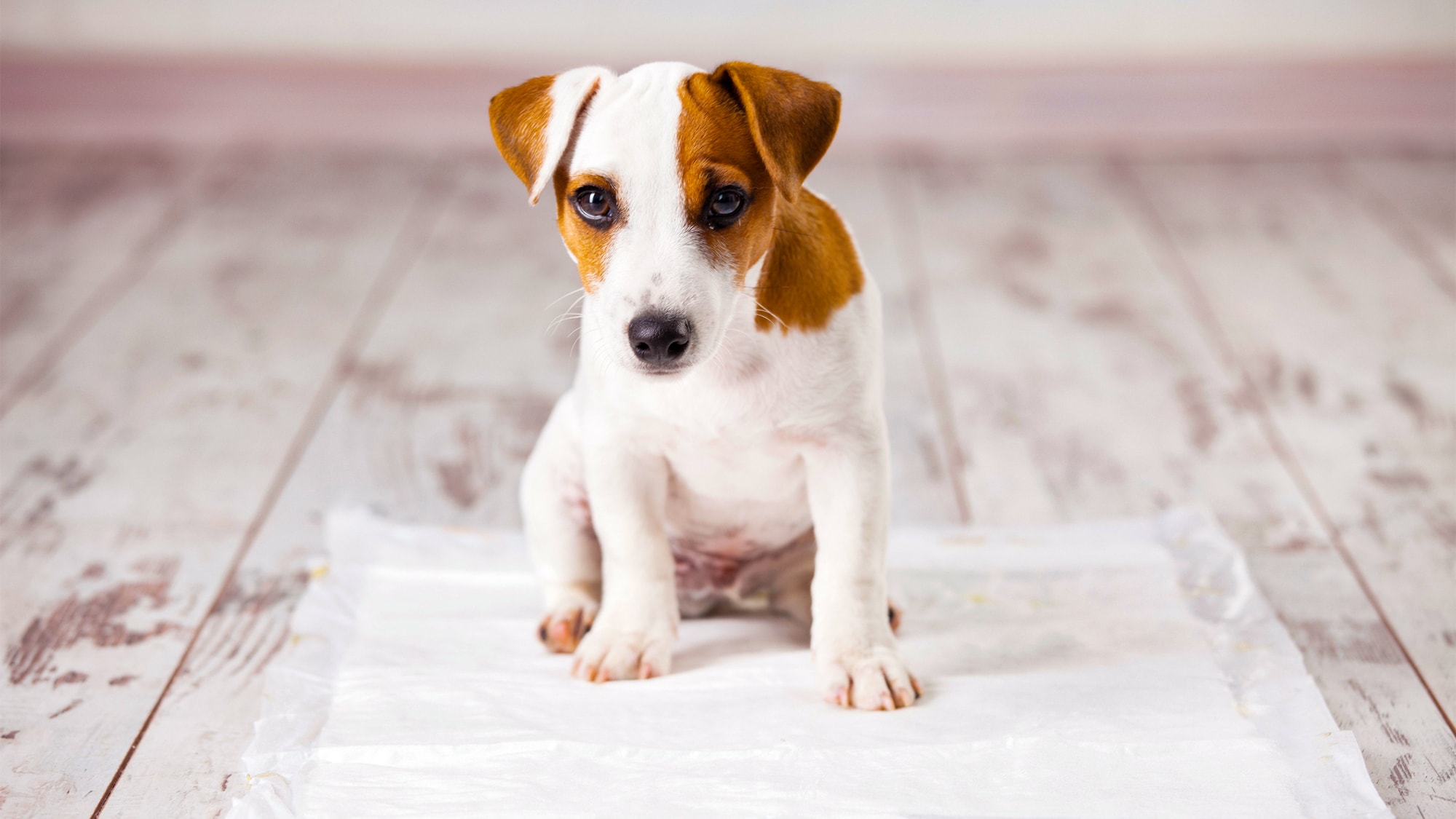
You just got a new puppy, congrats!
You’ve bought him a complete kit of everything he needs and he’s all settled in. If he’s between 12 and 16 weeks old, what’s the first thing you need to do? Housetrain him!
It will take some time but, the sooner you start the easier it will be for him to do as expected. And, trust us, your home and furniture will thank you!
Housetraining a puppy is all about consistency, reward and a lot of patience. So let’s get to it!
Set a Schedule
First, let’s talk about food. A puppy’s first year can be decisive to his health, to assure he grows healthy, you’ll want to buy the best food your budget allows. Puppy food is better than regular, because it has all the nutrients they need at this age.
Then, you’ll have to set a schedule. If he eats throughout the day, there’s no way to predict when he’ll need to relieve himself. If you feed him on a schedule, you’ll be better prepared to anticipate his needs.
Use a Crate
When you’re out, you should keep your puppy on a comfortable crate or kennel. Your best option would be to buy a larger crate so it allows for the puppy’s growth,
But initially you’ll need to use a partition to make sure it doesn’t get to spacious for him, it should be enough for him to turn around and lie down but not big enough for him to walk around in it. This will make him not want to soil his space.
However, if you keep him in there for more than 4 or 6 hours, he might not be able to hold it.
A dog crate is a good option not only for leaving your dog alone, but also to transport him safely and comfortably.
If you’d rather have your puppy walk around freely in your absence, then we suggest you set up a room with a non-absorbent surface.
Then place training pads on one end of room, as far away from his bed and toys as possible, he should be able to clearly identify where you want him to relieve himself.
Oh, and don’t forget to reward him enthusiastically when he complies and don’t get too upset when he makes a mistake. Remember, patience and love will get you there.
Puppy pads are cheap, disposable and very easy to use. It is our personal choice and the best option if you want to leave your dog loose around the house.
Be sure to get some toys to keep your puppy busy while he’s in the crate. Also place the crate someplace where he’ll feel comfortable and calm.
Read also: best toys to keep your dog busy
Potty Training Your Puppy
If your puppy is younger than 12 weeks, he won’t be able to control his bladder or bowel, so you’ll need to be extra patient.
Expect him to relieve himself every three hours or less if he drinks large amounts of water.
How to know when he needs to go out? He’ll whine, circle the room, sniff the walls, scratch the door or even bark. If he’s doing any of these, it can’t hurt to take him outside.
Once you’re outside, pick a spot and take him there every time you take him out and wait for him to do his thing. You can even use the word “potty” or “outside” while he does it for him to start associating the command to what you expect him to do.
Once he’s finished, reward him with treats, compliments, cuddles or whatever you usually reward him with.
We recommend the Nudges Natural Dog Treats because they have a great variety of flavors, with low calories and healthy ingredients.
In the process of housetraining your puppy, slipups will happen. It’s important that you don’t yell or punish your puppy, in fact, all behaviors that frighten him at this stage can seriously hinder the entire training.
Remember, positive reinforcement will work much better than negative. It’s easier for dogs to understand what to do than what not to do.
Also, rewarding your dog will allow him to learn much quicker than punishment.
If he does relieve himself indoors, just clean the area using vinegar based products (bleach based products won’t work) to eliminate the smell, otherwise he will do it again, because that spot will be marked.
If you need help eliminating the scent, you can use this product:
The Rocco & Roxie Pet Stain Remover we use in our home. It removes all odors and leaves your furniture smelling fresh and looking clean.
If you arrived home after the fact and aren’t sure if he did it or if you notice the stain, but it’s already dry, you can use a urine detector to make sure.
Read also: how to remove urine smell from everything
Proofing Your Home
Make sure you’re ready for his slipups. Try keeping your puppy within areas that are easy to clean and hard to destroy.
Don’t leave any important items or items that you’ll miss if they’re gone within your puppy’s reach. Wallets, photo albums, electronics or other expensive items must be kept away from your puppy.
Also, remove all objects he may find appetizing. Shows, pillows, boxes of tissues, toilet paper rolls, paper towels, socks, anything he might want to chew on has to go.
Electrical cords can also be an issue, so we advise you get a cord protector. This will keep your home and your puppy safe.
Now, let’s talk furniture and structures. Doors, baseboards, cabinet corners, rugs table and chair legs, anything he can sink his teeth into will be in peril.
Some you can keep away from your puppy, others will be at his mercy. For these, we recommend a taste deterrent. Just spray the endangered areas and hope he doesn’t like what he tastes/smells
Avoid Destructive Chewing
At this age, your puppy may even be the best-behaved puppy in the World, he will need to chew.
The teething stage brings a lot of discomfort for small puppies, there are gels you can apply, but what also helps to keep them comfortable and to avoid destructive chewing are chew toys.
Get him a couple or more, variety is key! These will keep him busy and happy, if you want to know our suggestions for chew toys, check out our list of the best puppy toys.
Conclusion
Housetraining your puppy will be quite the challenge, make no mistake. It’s a crucial time in his life and your interaction can determine much of his personality so please keep that in mind.
You’ll need patience but they do learn quickly, so be sure to make it very clear what you expect of him and how you expect him to behave indoors and you should have a very well-behaved puppy in the end.
Affiliate links / Images from Amazon Product Advertising
Recommending Reading:

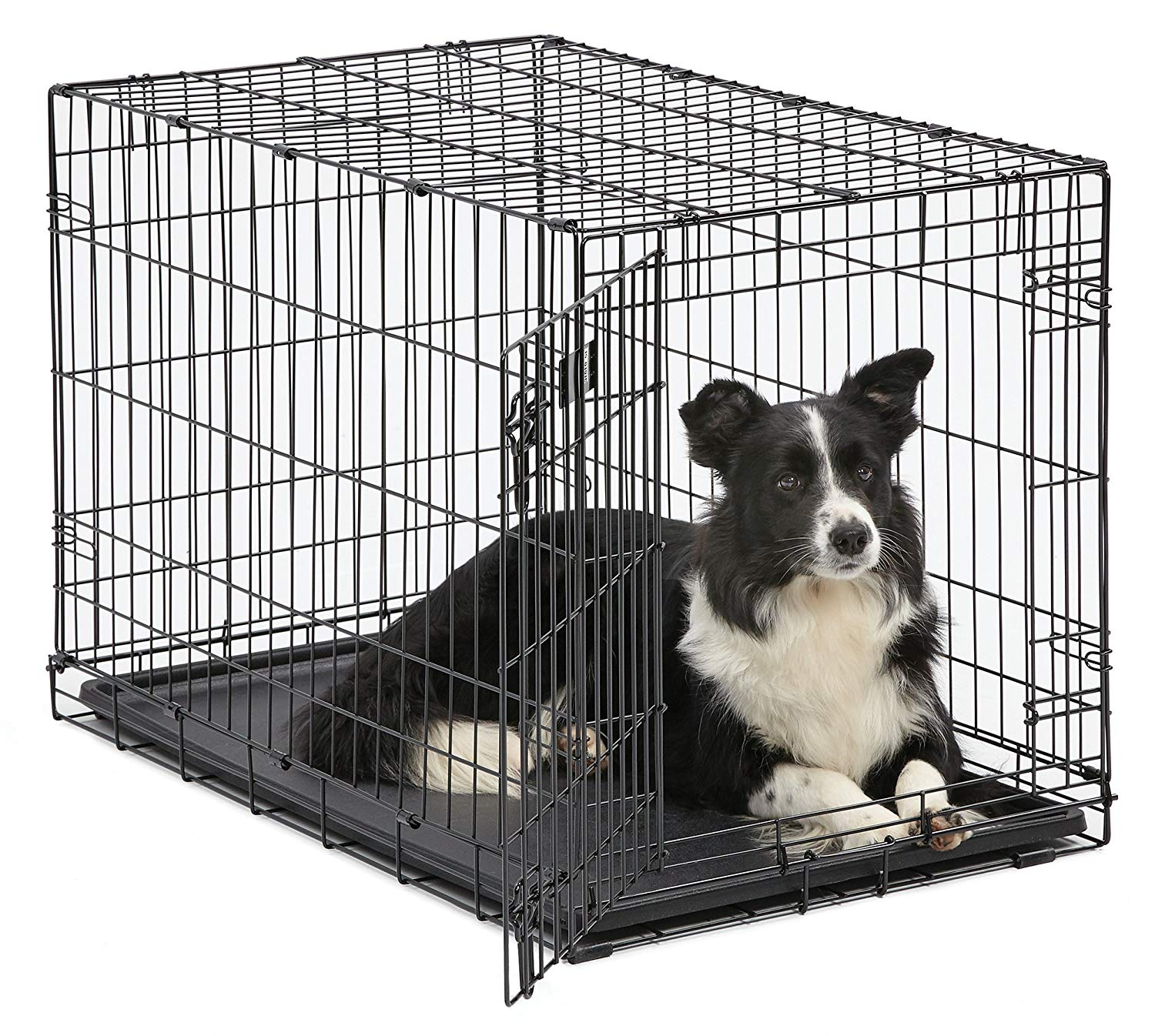
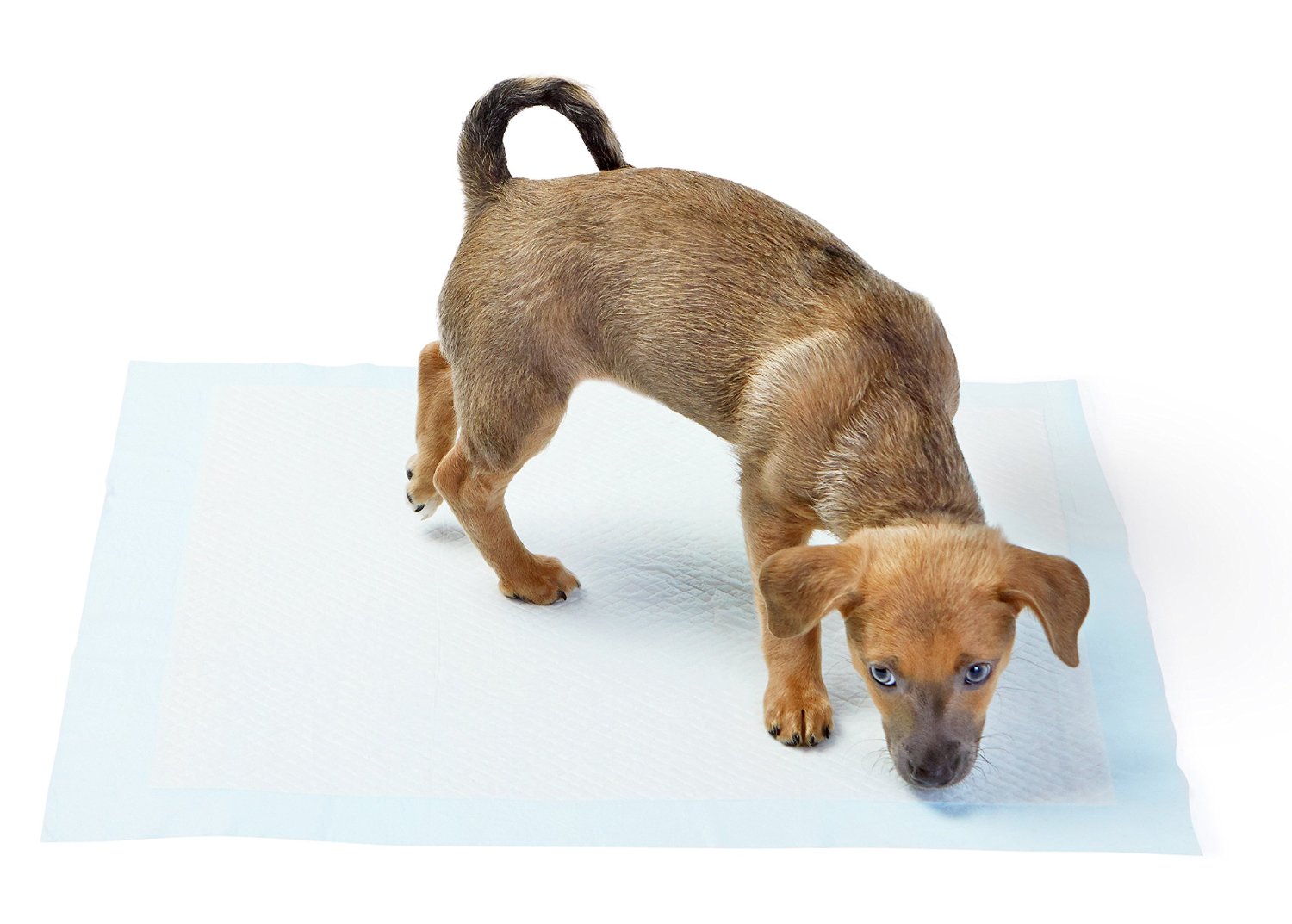
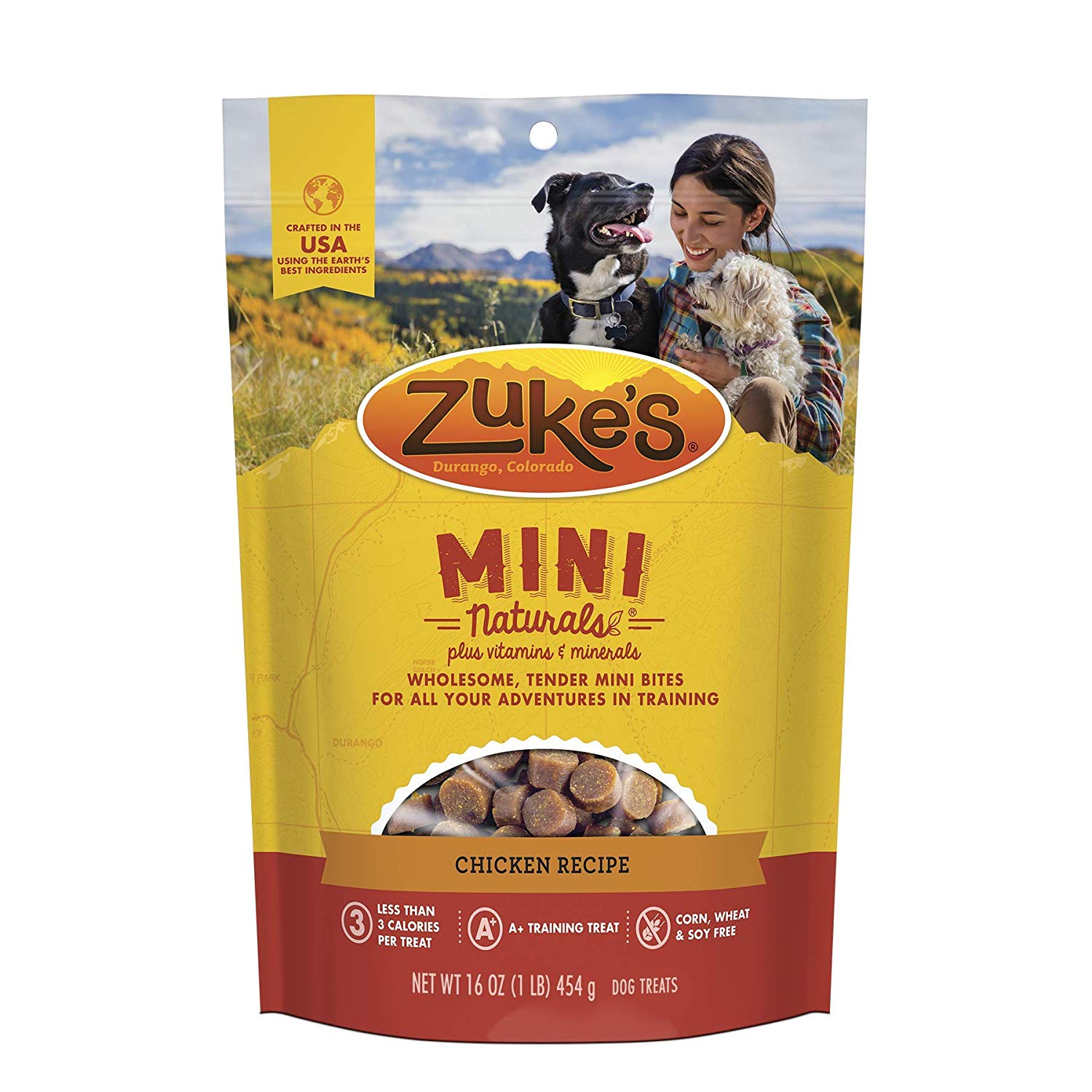
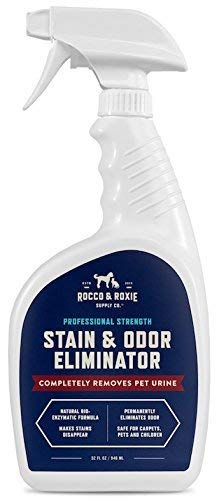
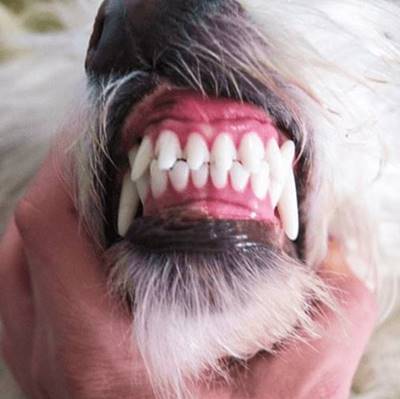
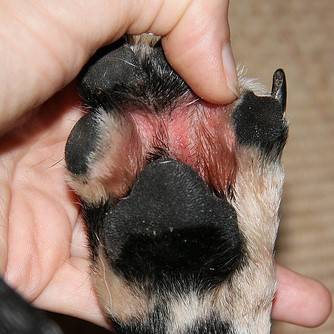
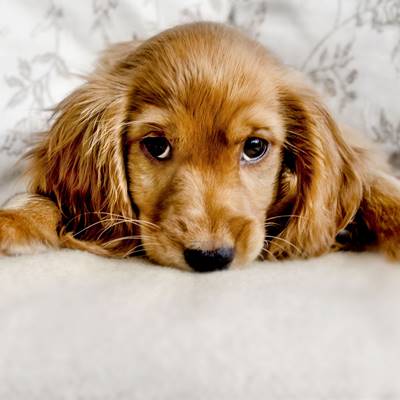
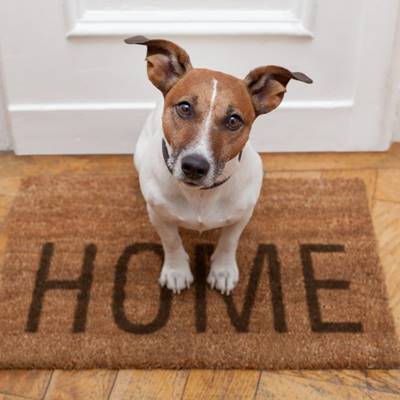
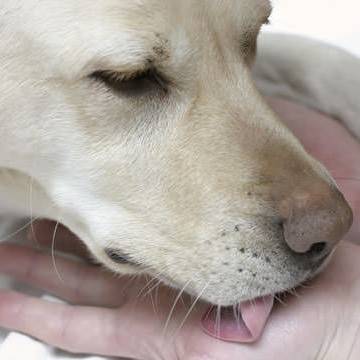
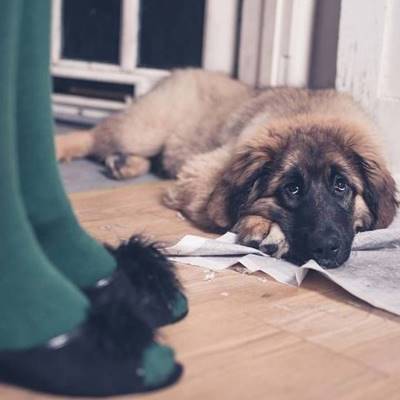

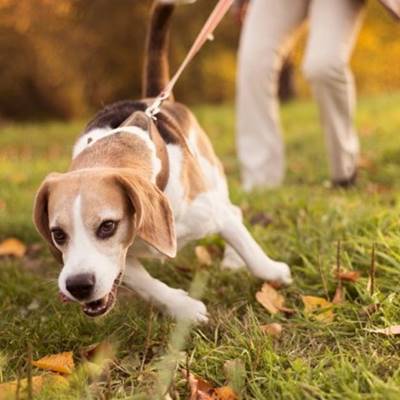
0 Comments